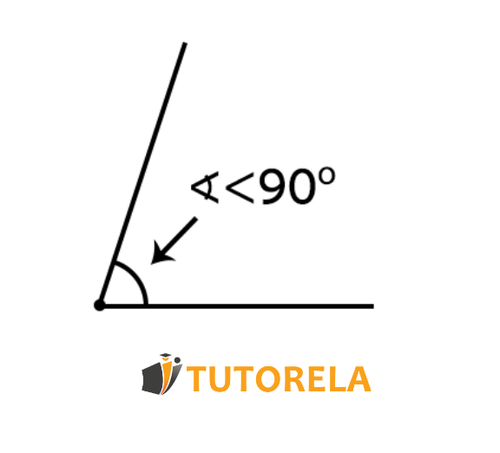To solve this problem, we'll follow these steps:
- Step 1: Identify the angle measure provided.
- Step 2: Match the angle measure to the corresponding type of angle.
- Step 3: Choose the correct type of angle from the multiple-choice options.
Let's break down the process:
Step 1: The problem specifies that ∠ABC=90∘.
Step 2: Recall the definitions of angle types. A right angle is defined as an angle that measures exactly 90 degrees.
Step 3: Out of the provided choices, select the one that represents a right angle.
- Right angle: ∠=90∘ (Correct Choice)
- Acute angle: ∠<90∘
- Obtuse angle: ∠>90∘ and ∠<180∘
- Flat angle: ∠=180∘
Thus, the conclusion is that ∠ABC is a Right angle.

